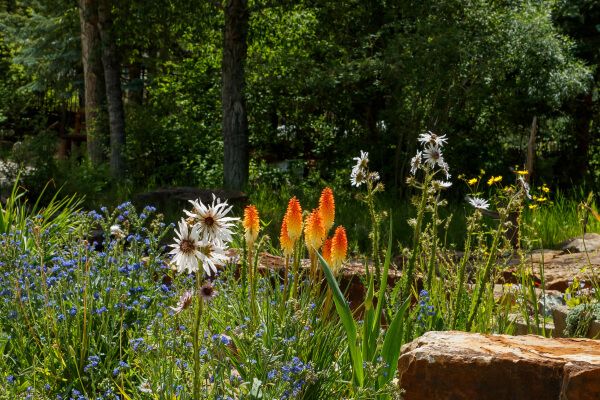

Garden Stewardship Award
Betty Ford Alpine Gardens has been named the 2025 recipient of the prestigious Garden Stewardship Award, presented by the American


Betty Ford Alpine Gardens has been named the 2025 recipient of the prestigious Garden Stewardship Award, presented by the American
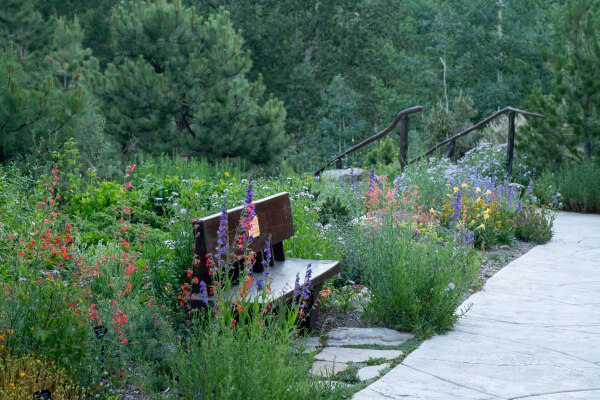

Accreditation validates institution’s commitment to alpine conservation.
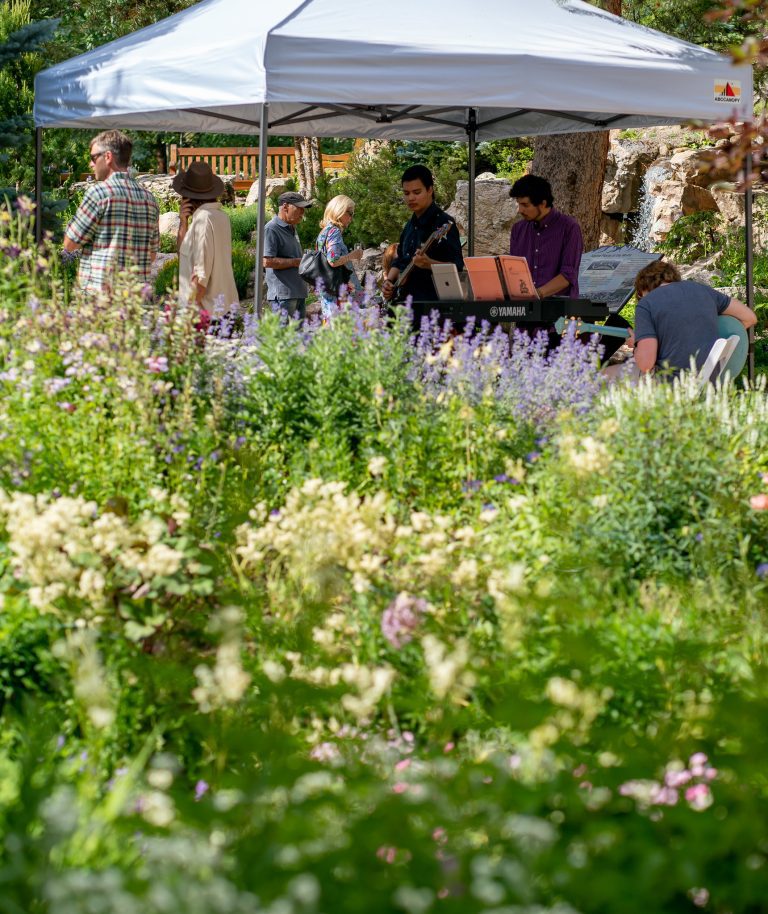

The summer at Betty Ford Alpine Gardens was bright, blooming, and bustling. Here are some highlights. Garden Magic: This summer,
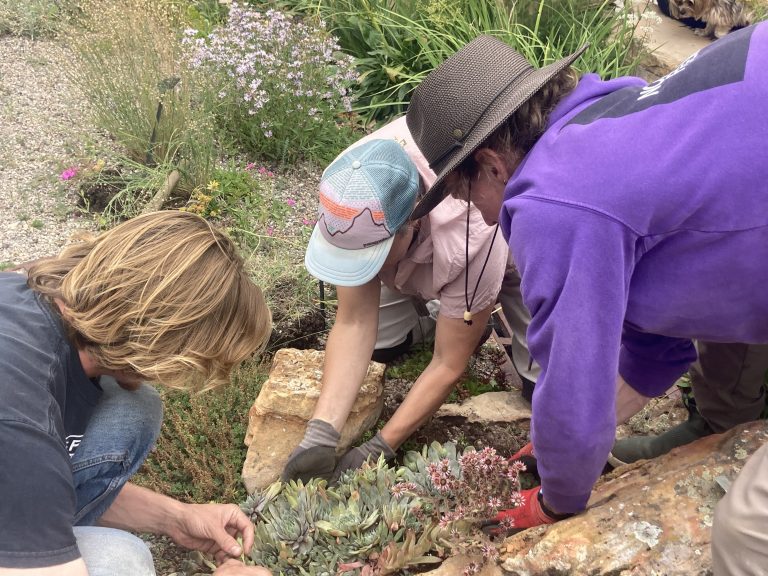

The horticultural team at Betty Ford Alpine Gardens wear many hats: botanical experts, volunteer organizers, and garden guest service extraordinaires,
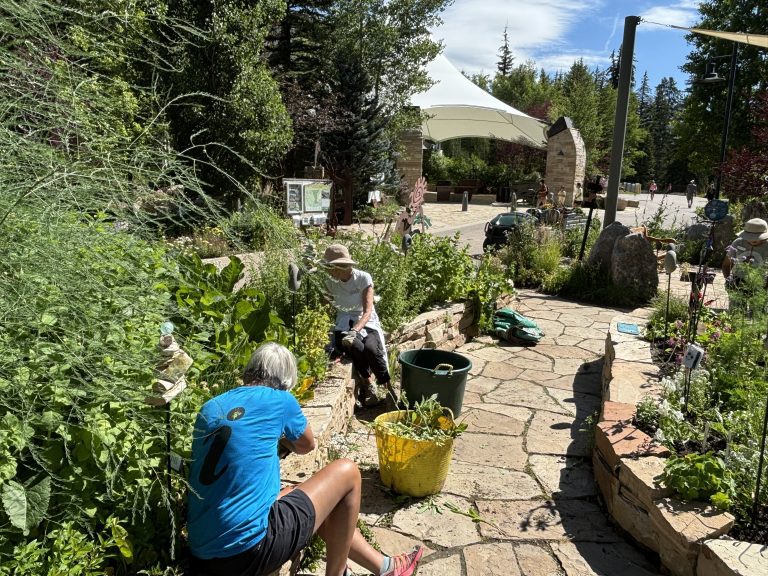

It is nearly impossible to disentangle the human from the botanic at Betty Ford Alpine Gardens. On certain mornings, a
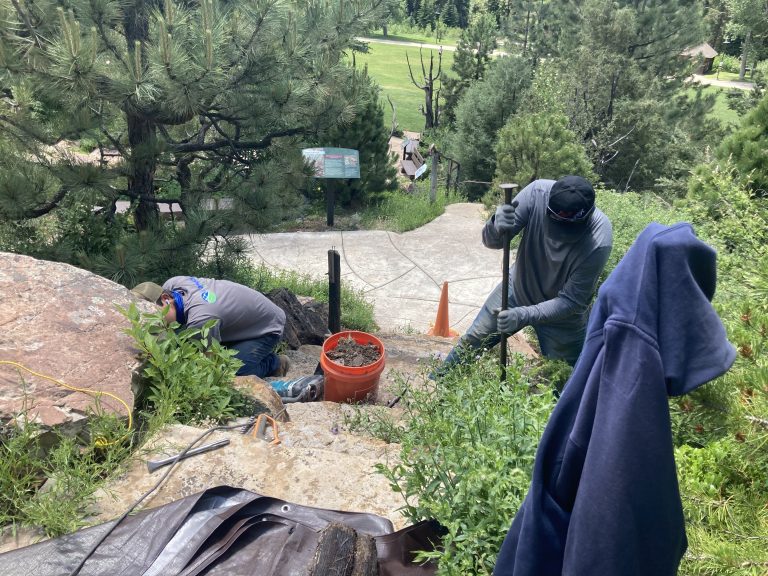

In 1986, the staff at the then Vail Alpine Gardens installed a system of original railings alongside the Gardens’ stone
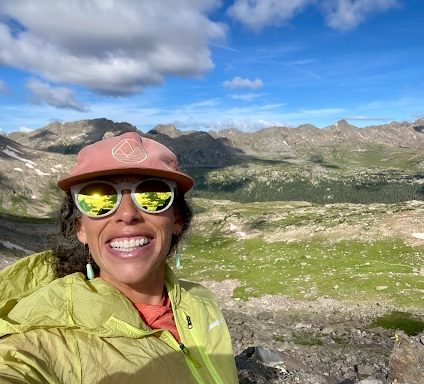

Gabe Starr’s favorite quote is one that is close to the heart of Betty Ford Alpine Gardens: “in the end,
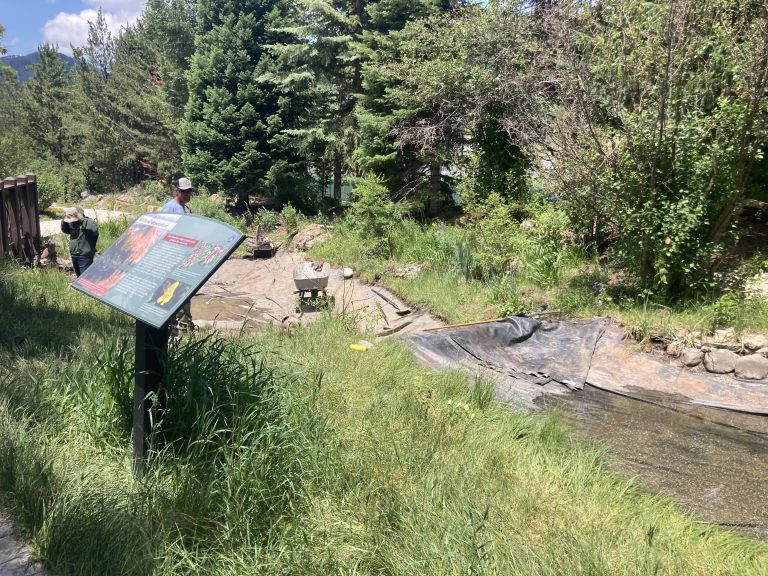

Mimicking the work of an industrious beaver, the beaver pond water features at Betty Ford Alpine Gardens are a totem
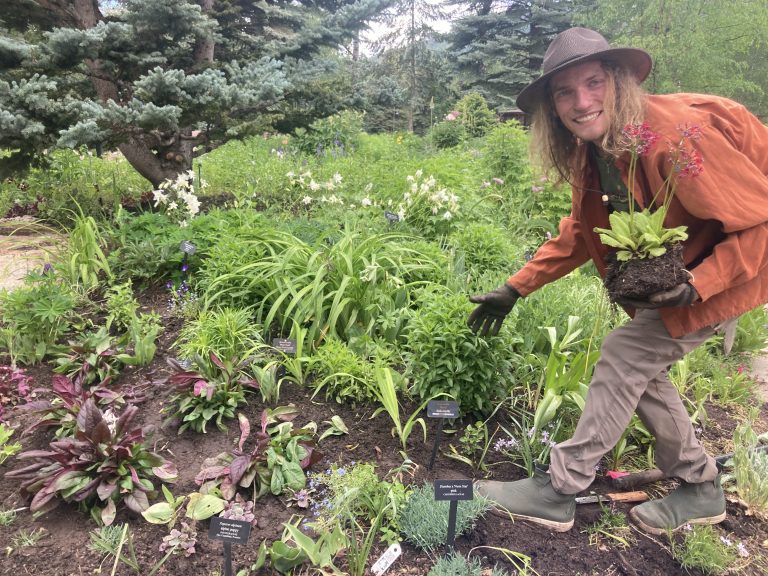

Bijou’s Garden Restoration Horticulturist Amanda Goodwin has coined Bijou’s Garden “the heart” of Betty Ford Alpine Gardens, and for good
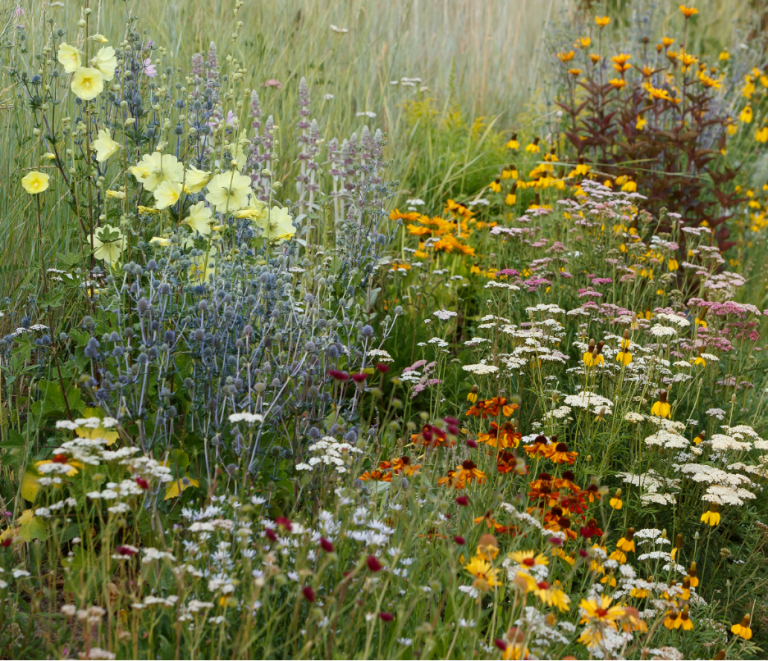

The summer is in full swing at Betty Ford Alpine Gardens, where a range of events and activities ensures something
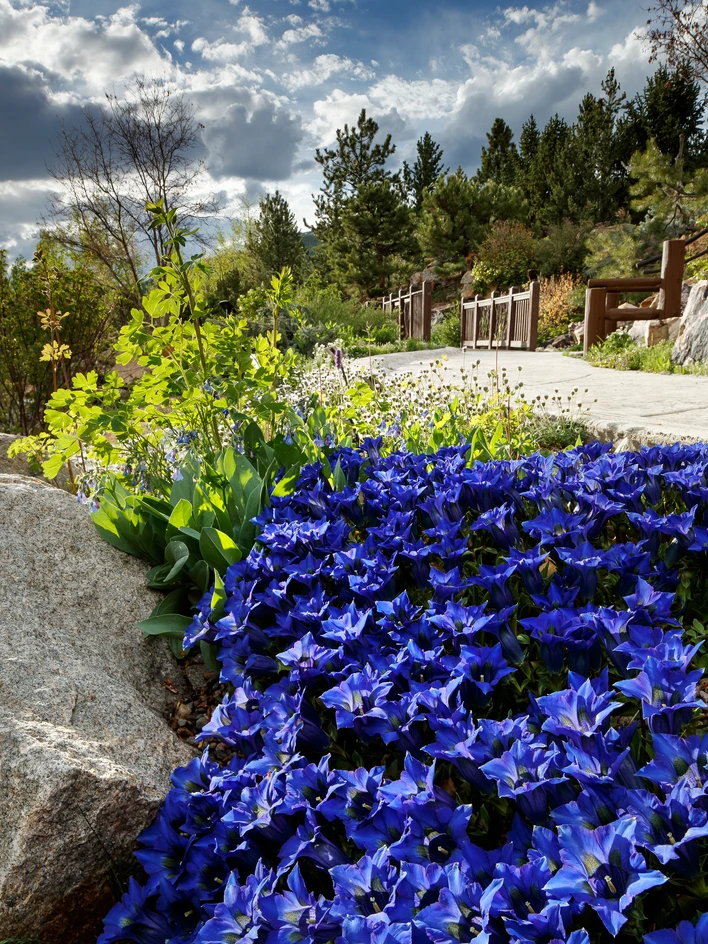

Betty Ford Alpine Gardens internship program provides young horticulturists, conservation scientists, and educators the opportunity to build their skills.